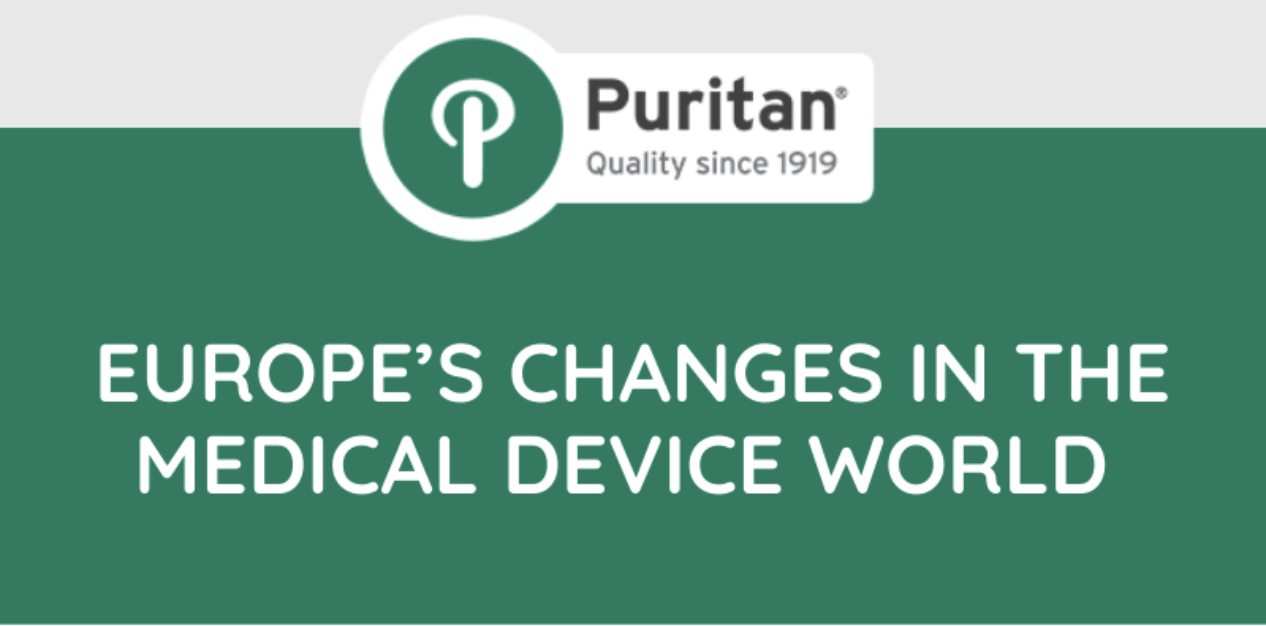
Misinformation has become a byproduct of both the pandemic and polarizing viewpoints that exist in our society. In recent months, false claims have circulated on social media stating that the use of COVID-19 testing swabs causes cancer.
These myths have been debunked by multiple credible sources — and many have been flagged by social media in an effort to combat false needs and misinformation.
Here are the facts:
Fact #1: The use of single-use swabs does not present a risk for cancer simply because they are sterilized with ethylene oxide.
Ethylene oxide (EO) is a gas commonly used to sterilize medical equipment like swabs as well as spices and cosmetics. While EO is listed by federal agencies as carcinogenic if there’s long-term exposure, experts say the trace amounts of gas used to sterilize swabs would not present a cancer hazard1,2.
- Source: AP Fact Checking
Fact #2: Contrary to claims on social media, the minimal residual amounts of EO present on COVID-19 testing swabs will not alter DNA.
While ethylene oxide can cause health issues with exposure in high concentrations, any trace amounts on a swab would not be enough to trigger health issues, including cancer or alter a person’s DNA, according to the EPA. Such damage would only potentially occur after long-term exposure to the gas.
During the production process, swabs sterilized with ethylene oxide gas are aerated so that any residual gas can be released and dissipated. A 2016 study found that the amount of gas remaining on items was well below measurable levels three weeks after sterilization3,4.
- Source: Politifact (a nonpartisan fact-checking website)
Fact #3: How EO is used affects potential risk.
Because it’s a gas, EO isn’t carried forward after the product has been manufactured5. This has been documented by decades of safety and toxicity research. And EO use is strictly controlled and regulated.
According to one knowledgeable source, it’s a bit like using bleach at home, a product that’s generally acceptable for sterilizing surfaces but would be highly dangerous to ingest.
- Source: Reuters Fact Checking
Fact #4: EO sterilization is designed to protect consumers.
According to the EPA, the use of EO is “necessary to assure that some types of medical equipment are sterilized for safe use.” This includes products that are sensitive to heat or moisture such as swabs.
Stuart Batterman, an environmental health sciences professor at the University of Michigan explains that a “swab is briefly exposed to the gas, then removed and packed. The gas would rapidly disperse. There is no coating or liquid or anything like that on the swab. By the time the swab is used, there is likely hardly a trace of EO remaining. It is true that this gas is hazardous when breathed in at high enough concentrations for long enough periods. This is not the scenario for the occasional use of a swab.”
- Source: SciCheck Digest
A highly effective sterilization process can actually help ensure negligible health risks to patients. Learn more about Puritan’s sterilization process, including the steps taken to ensure product safety.
You can learn more about all our American-made swab products on our website. To get the latest on swab production at Puritan, follow us on Twitter, LinkedIn or Facebook.
Sources
1TETA, M.J., SIELKEN, R.L. jr.m and VALDEZ-FLORES, C. Ethylene oxide cancer risk assessment based on epidemiological data: application of revised regulatory guidelines, Risk Anal. 19(6), pp. 1135-55, 1999
2 WOODARD, G. and WOODARD, M. Toxicity of residuals from ethylene oxide gas sterilization. Proceedings of the Health Industry Association Technical Symposium, Washington, DC, pp. 140-161, 1971
3 L. Wilson-Wilde, D. Yakovchyts, S. Neville, P. Maynard, P. Gunn, Investigation into ethylene oxide treatment and residuals on DNA and downstream DNA analysis, Science & Justice, Volume 57, Issue 1, 2017, Pages 13-20, ISSN 1355-0306, https://doi.org/10.1016/j.scijus.2016.09.001.
4 ISO 10993-7:2008, Biological evaluation of medical devices — Part 7: Ethylene oxide sterilization residuals
5 MATSUMOTO, T., HARDAWAY, R.M., PANI, K.C., SATER, C.M., BARTAK, D.E. and MARGETIS, P.M. Safe standard of aeration for ethylene oxide sterilized supplies, Arch. Surg., 96, pp. 464-470, 1968



